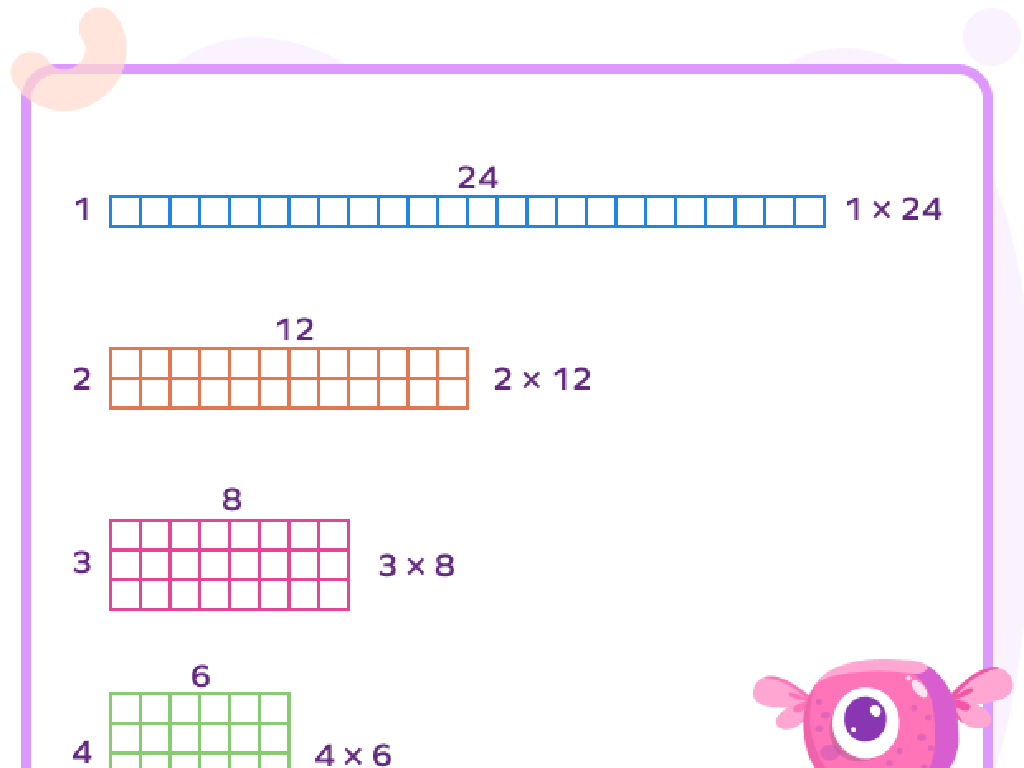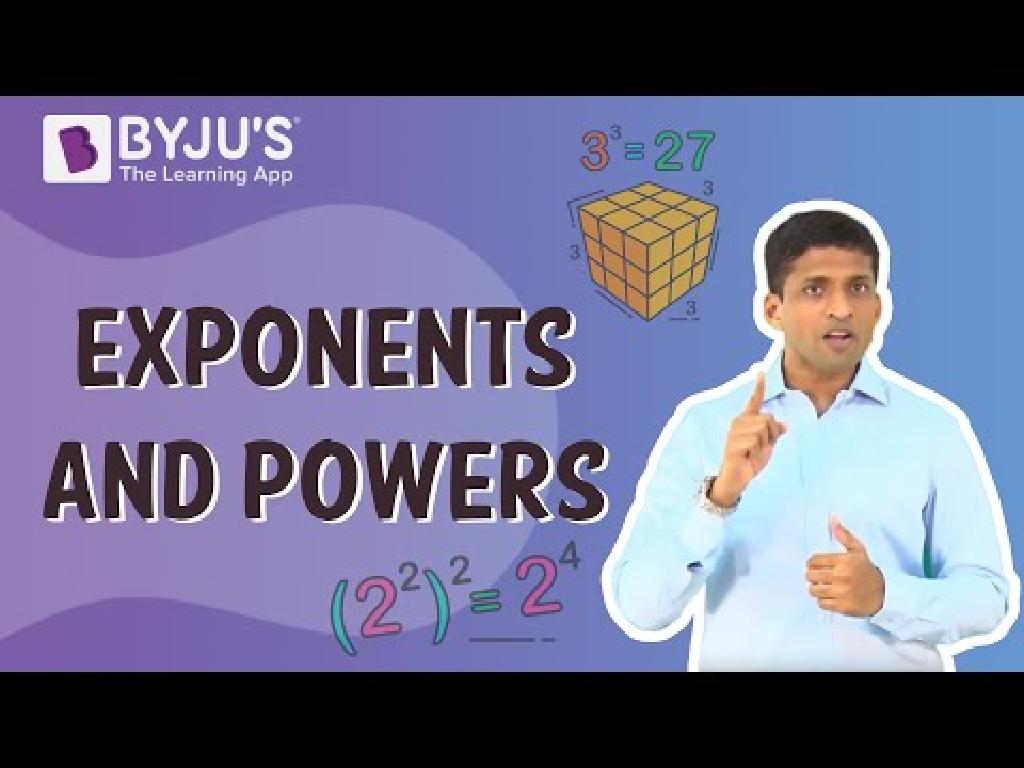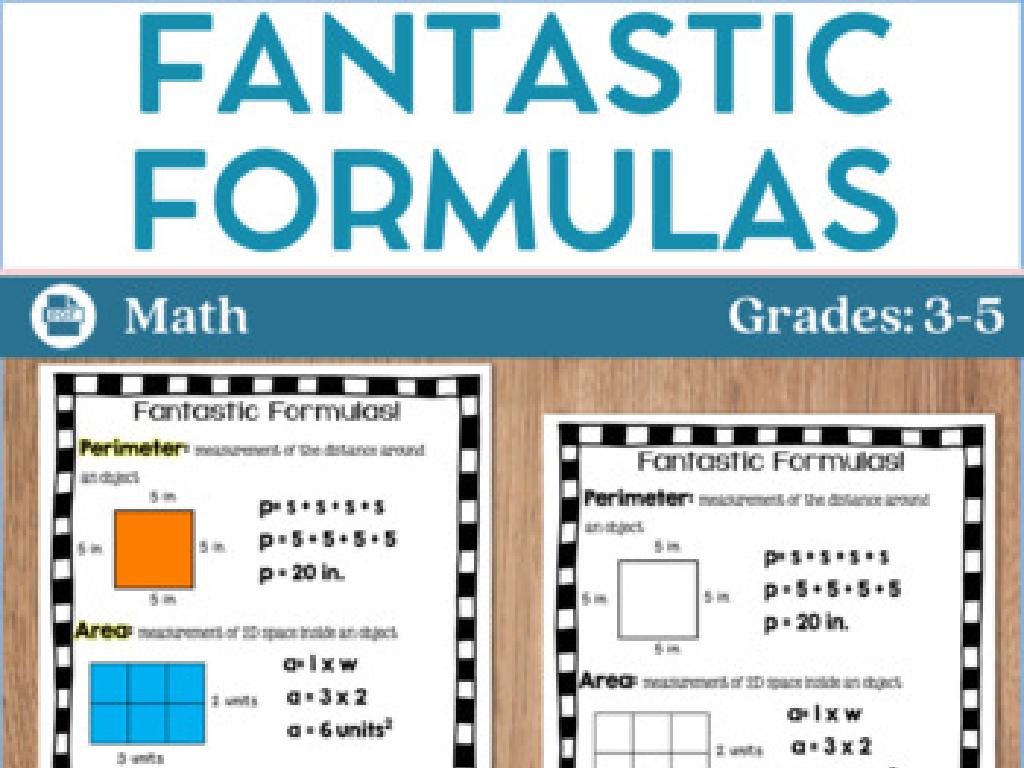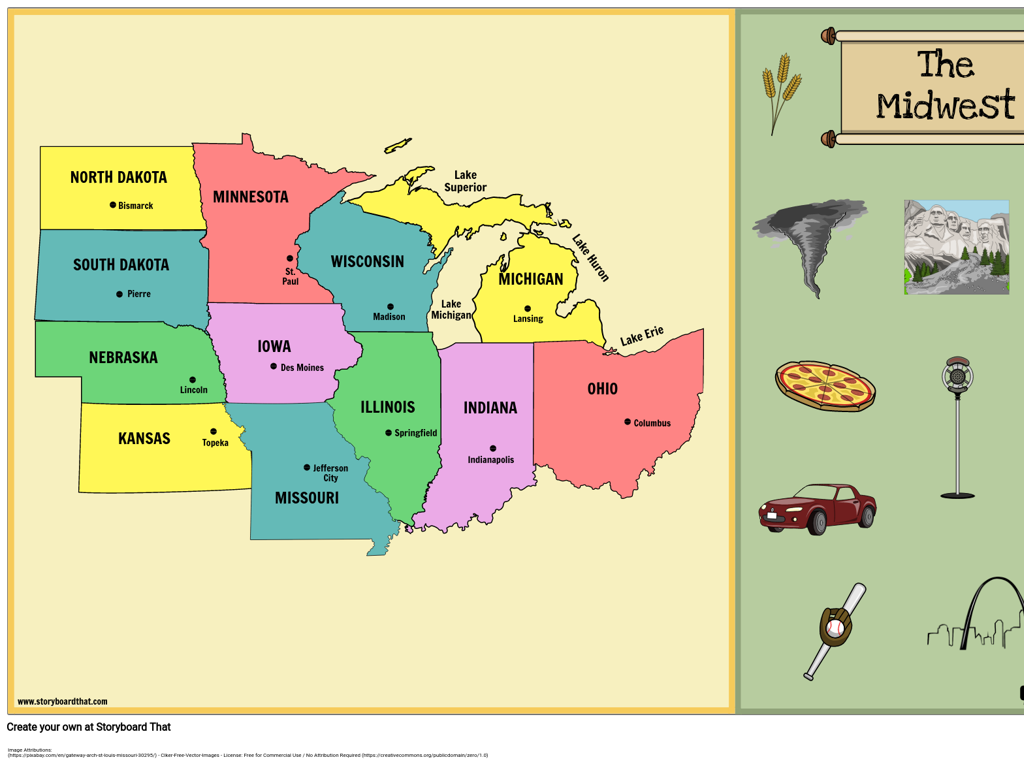Recognize The Parts Of A Works Cited Entry (Mla 8Th 9Th Editions)
Subject: Language arts
Grade: Sixth grade
Topic: Research Skills
Please LOG IN to download the presentation. Access is available to registered users only.
View More Content
Research Skills: Citing Your Sources
– Importance of research
– Research helps us learn and support ideas.
– Works Cited entries explained
– A list at the end of your paper showing where you got your information.
– Significance of proper citations
– Correct citations show respect for original ideas and avoid plagiarism.
– MLA 8th and 9th editions
|
This slide introduces students to the foundational aspects of research skills, emphasizing the importance of conducting research to gather information and support their ideas. It explains that a Works Cited page is a list of all the sources they refer to in their paper, formatted according to MLA guidelines. Proper citation is crucial for giving credit to the original authors and avoiding plagiarism, which is the unethical practice of using someone else’s work without proper acknowledgment. The MLA 8th and 9th editions provide the latest standards for citing sources in research papers. Encourage students to understand that citing sources is a key part of responsible research and writing.
Understanding MLA Format
– What is MLA Style?
– MLA stands for Modern Language Association
– Standard for humanities writing
– Used for papers and assignments in subjects like literature and philosophy
– Updates in MLA 8th and 9th editions
– Key changes include how to cite online sources and the use of DOIs
– Recognizing Works Cited entries
– Learn the structure: author, title, publication details, and more
|
MLA format is a widely accepted style guide for writing and formatting research papers, particularly within the humanities. It’s important for students to understand the basics of MLA to properly credit sources and avoid plagiarism. The 8th and 9th editions of MLA have introduced updates that reflect the digital age, such as including URLs and DOIs for online sources. In this lesson, students will learn to identify the components of a Works Cited entry, which typically includes the author’s name, the title of the source, publication information, and other relevant details. Emphasize the importance of attention to detail and following the MLA guidelines precisely.
Parts of a Works Cited Entry (MLA Format)
– Author’s name format
– Last name, First name. E.g., Rowling, J.K.
– Source and container titles
– ‘Title of Source.’ Title of Container,
– Contributors and versions
– Include if relevant, e.g., translators or editors
– Publisher details and location
– Publisher, Publication Date, Location.
|
This slide is aimed at helping sixth-grade students understand the structure of a Works Cited entry according to MLA guidelines. Start with the author’s name, which is written with the last name first, followed by a comma and the first name. Next, discuss the title of the source (such as a book or article) and the title of the container (such as a website or anthology). If there are other contributors who are important to the recognition of the source, such as editors or translators, they should be included. The version refers to any editions or revisions, and the number can include volume and issue numbers for journal articles. The publisher, publication date, and location (pages for print or URL for online sources) are also essential. Encourage students to practice by creating their own Works Cited entries with books or articles they have read.
Crafting a Works Cited Entry: MLA Style
– Formatting author names correctly
– Last name first, followed by a comma and the first name.
– Titles: Italics or quotes?
– Use italics for book titles and quotes for articles.
– Adding publication details
– Include publisher, year, and medium of publication.
– Punctuation and sequence in entries
– Use periods, commas, and follow MLA order.
|
This slide aims to guide students through the process of creating a proper Works Cited entry according to MLA guidelines. Start by discussing the importance of giving credit to original authors to avoid plagiarism. Teach students the correct way to format an author’s name, with examples. Clarify when to italicize or quote titles, using examples of books and article titles. Explain what publication information is necessary and how to find it. Finally, go over the punctuation and the order of information in MLA entries, providing a complete example of a Works Cited entry. Encourage students to practice by creating their own entries with books and articles they have read.
Understanding Works Cited Entries
– Example: Book citation
– ‘Author’s Last Name, First Name. Title of Book. Publisher, Publication Year.’
– Example: Article citation
– ‘Author’s Last Name, First Name. “Title of Article.” Title of Journal, vol. #, no. #, Year, pages.’
– Example: Website citation
– ‘Author’s Last Name, First Name. “Title of Web Page.” Title of Website, Publisher, Publication Date, URL.’
– Variations in citations
– Different sources have unique formats; pay attention to details like dates, titles, and publishers.
|
This slide aims to familiarize students with the structure of Works Cited entries according to MLA 8th and 9th editions. Start by discussing the importance of giving credit to original sources in research. Show examples of how to cite different sources such as books, articles, and websites. Emphasize the variations in citation formats depending on the type of source. Encourage students to notice the common elements in each entry, such as author names, titles, and publication details. Provide practice examples for students to create their own citations and discuss common errors to avoid.
Practice Time: Crafting Works Cited Entries
– Collaborative citation creation
– Group activity: practice citing sources
– Break into small groups and use MLA guidelines to cite various sources
– Share your citations with the class
– Each group will present their citation to the class for review
– Understand MLA citation format
– Focus on the structure and order of information in MLA citations
|
This slide introduces a hands-on class activity designed to reinforce the lesson on MLA citation format. Divide the class into small groups and provide each group with different sources to cite, such as books, articles, and websites. Provide MLA citation guidelines and checklists to assist them. After the groups have created their citations, have them share with the class to discuss and critique based on MLA standards. This activity will help students understand the importance of proper citation to avoid plagiarism and give credit to original authors. Possible variations of the activity could include citing a video, a music album, or an interview, to ensure students get practice with different types of sources.
Review and Q&A: Works Cited Entries
– Recap key points of Works Cited
– Author’s name, title of source, container, other contributors, version, number, publisher, publication date, location.
– Open floor for questions
– Address doubts and confusions
– Ensure understanding of MLA format
– Check comprehension of each part’s role and correct order.
|
This slide is designed to consolidate the students’ understanding of creating a Works Cited entry using MLA 8th 9th editions format. Begin with a brief recap of the key components of a Works Cited entry, emphasizing the importance of each part. Allow students to ask any questions they may have, providing a safe space for them to seek clarification. Address any common areas of confusion, such as the order of information or how to cite sources with multiple authors. Use this opportunity to assess student understanding and correct any misconceptions. Provide examples of correct and incorrect citations to reinforce learning. Encourage students to share their own examples and work through any issues together as a class.
Class Activity: Citation Scavenger Hunt
– Search for diverse sources
– Craft Works Cited entries
– Follow MLA guidelines for each source type
– Accuracy is key to winning
– Check for author, title, publisher, and date
– Teamwork and speed win the game
|
This activity is designed to help students practice creating Works Cited entries using MLA 8th 9th edition guidelines. Divide the class into small teams and provide a list of various types of sources for them to find either in the library or online. Each team will then create accurate MLA citations for these sources. The first team to complete their list with correct citations wins a prize. This will encourage students to pay attention to detail and work collaboratively. Possible sources include books, websites, journal articles, and videos. Emphasize the importance of including all necessary information such as author, title, publisher, and publication date in their citations. This hands-on activity will reinforce their understanding of MLA citation format in a fun and interactive way.






